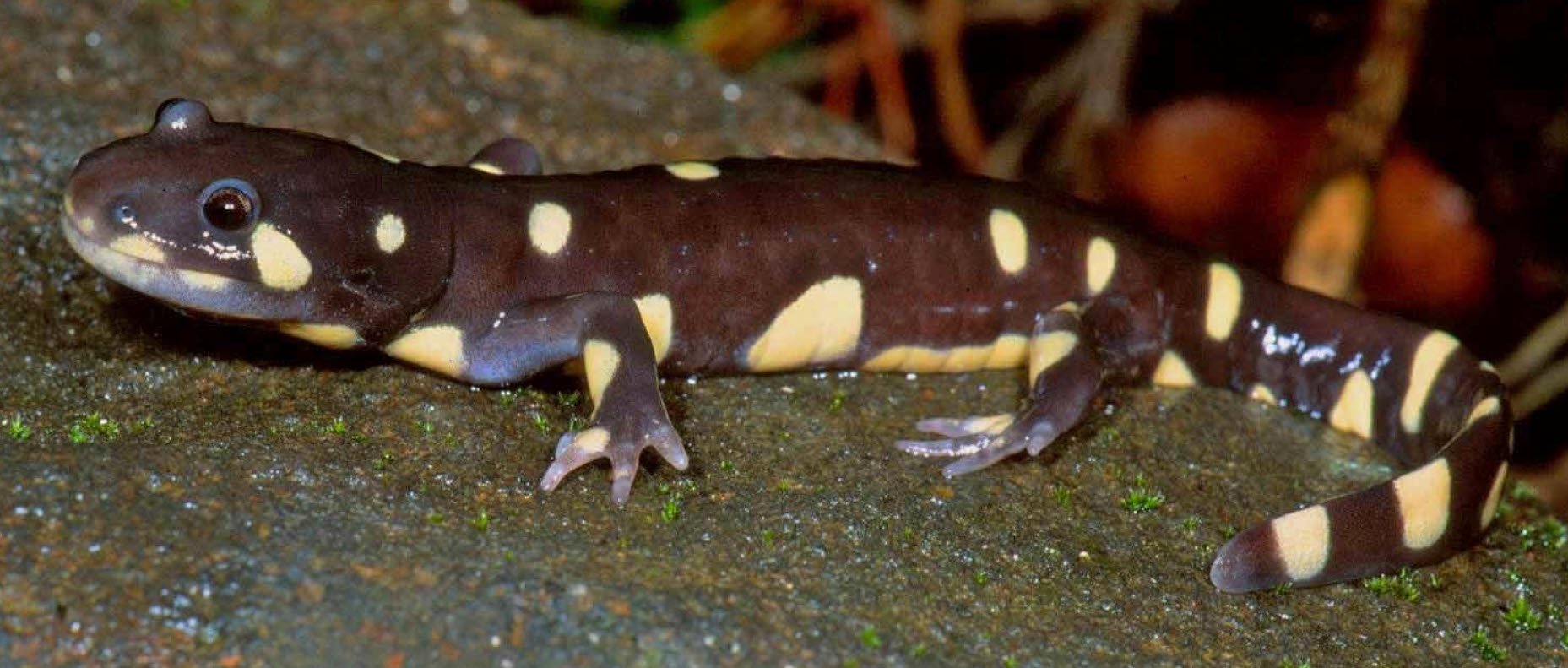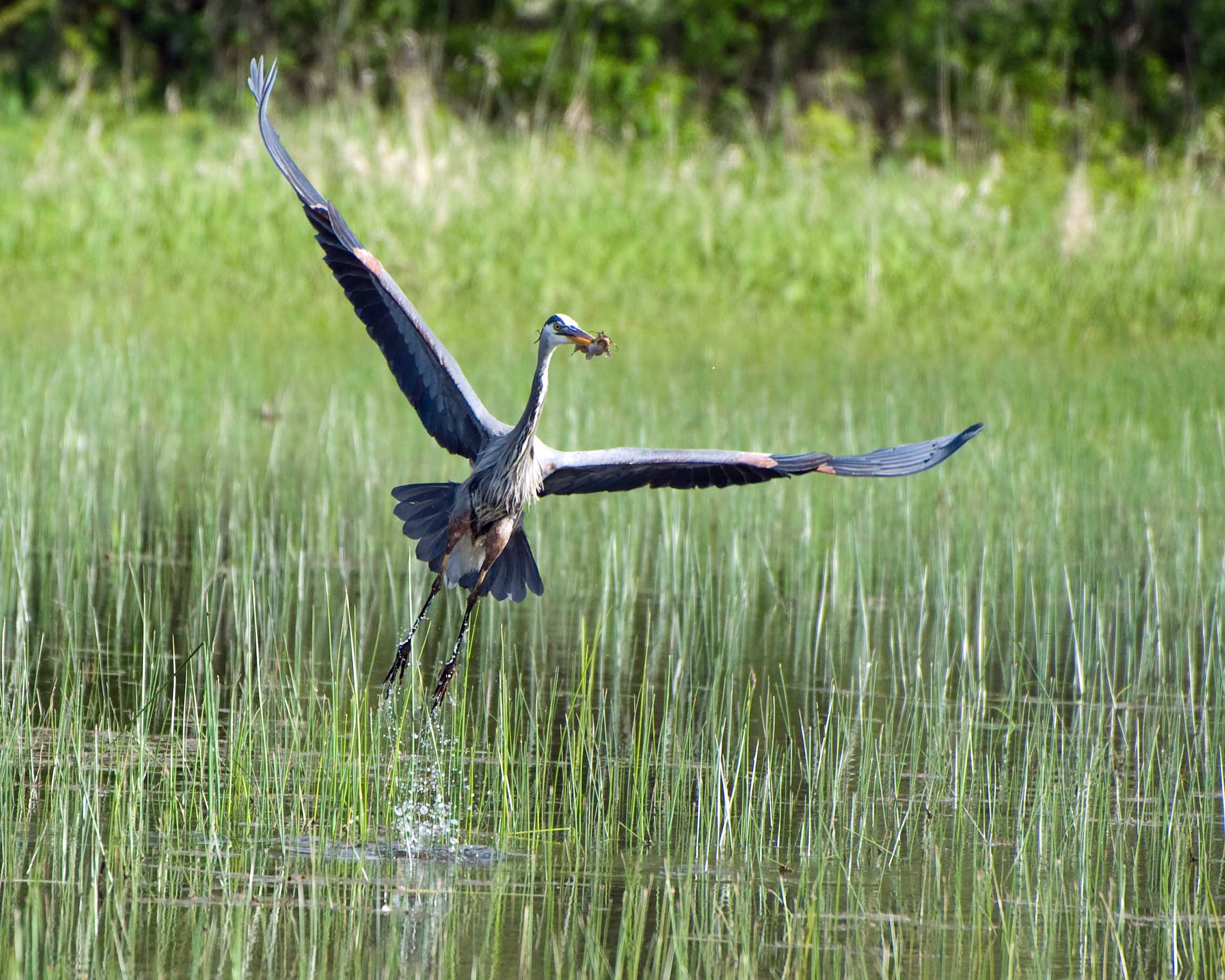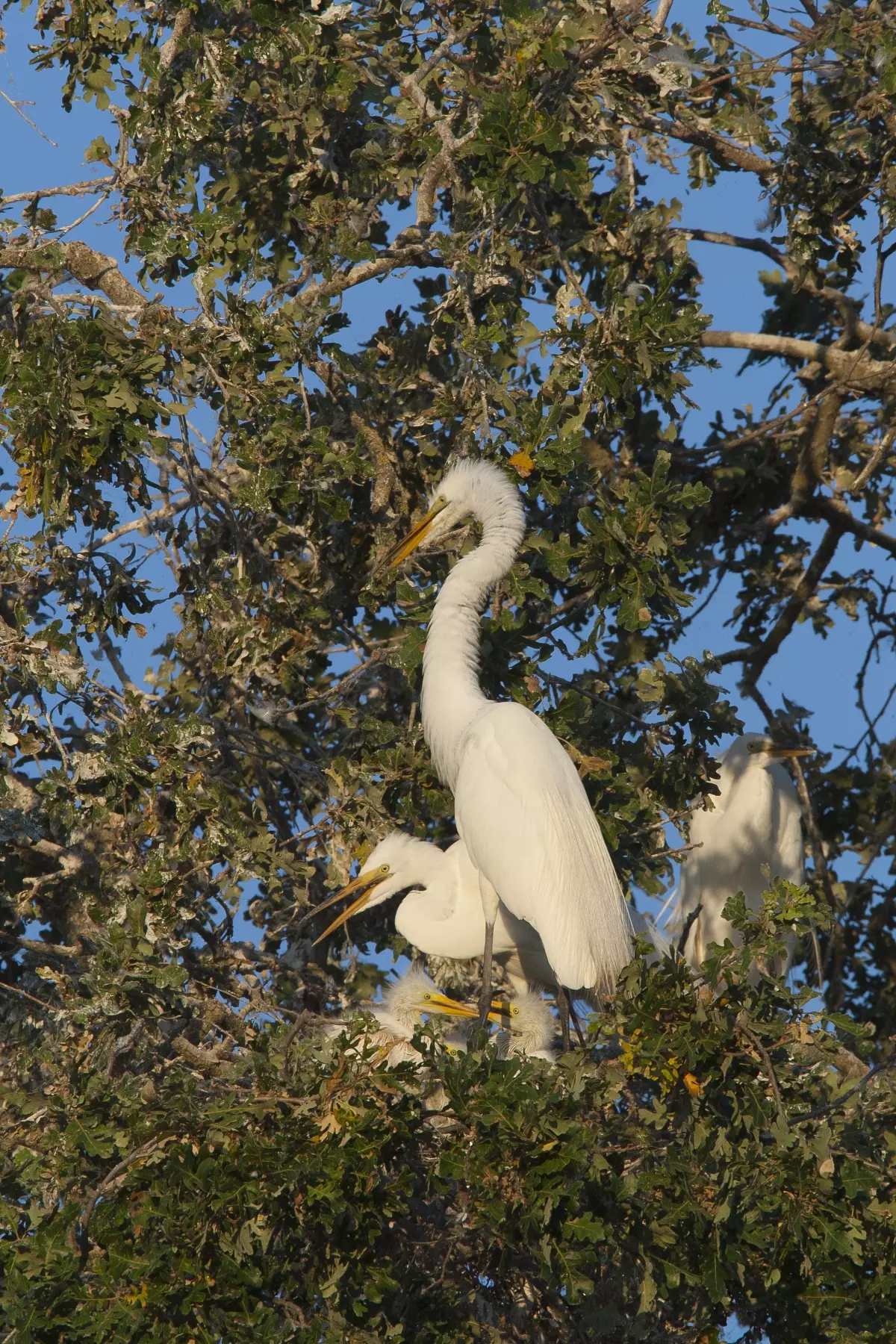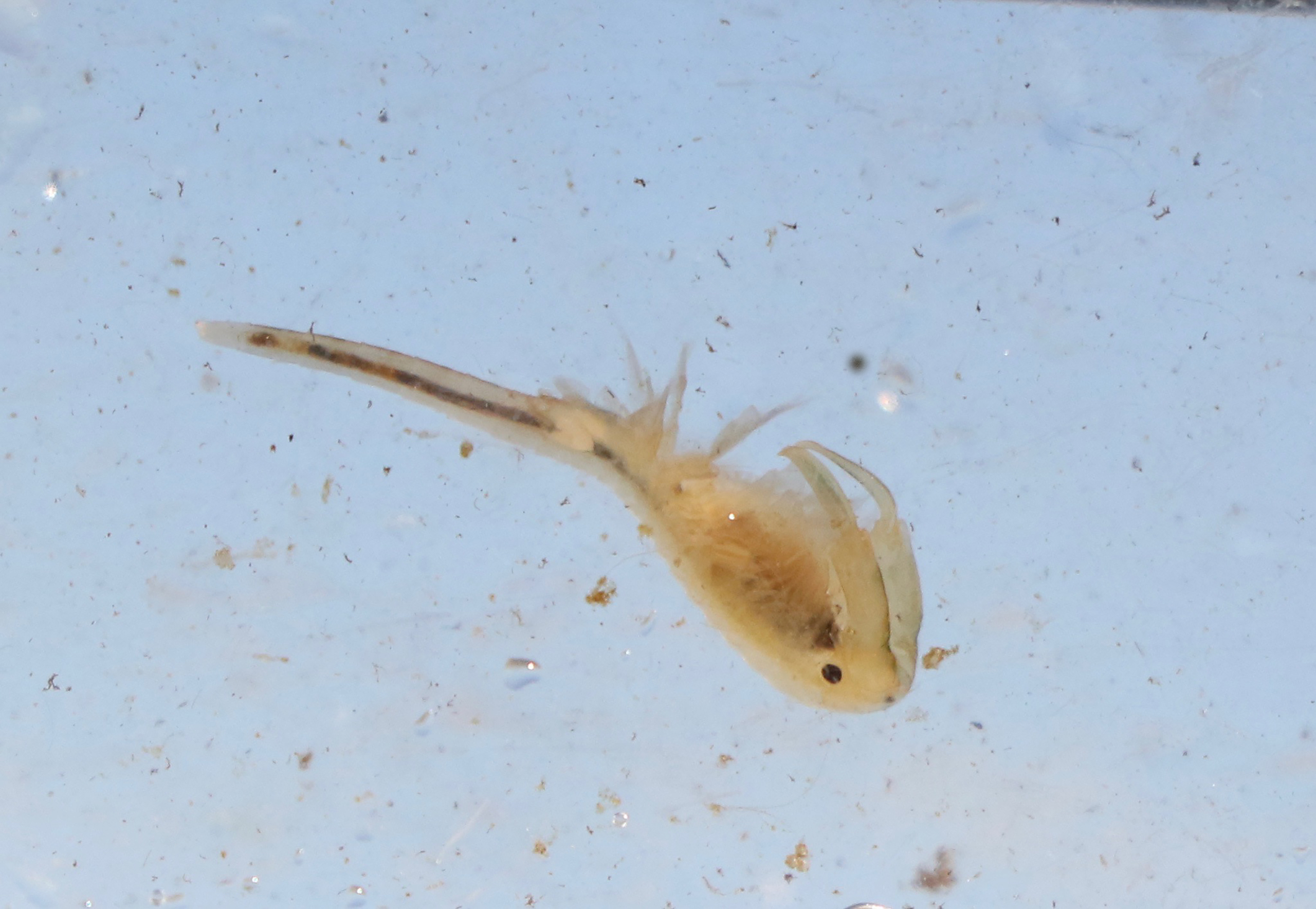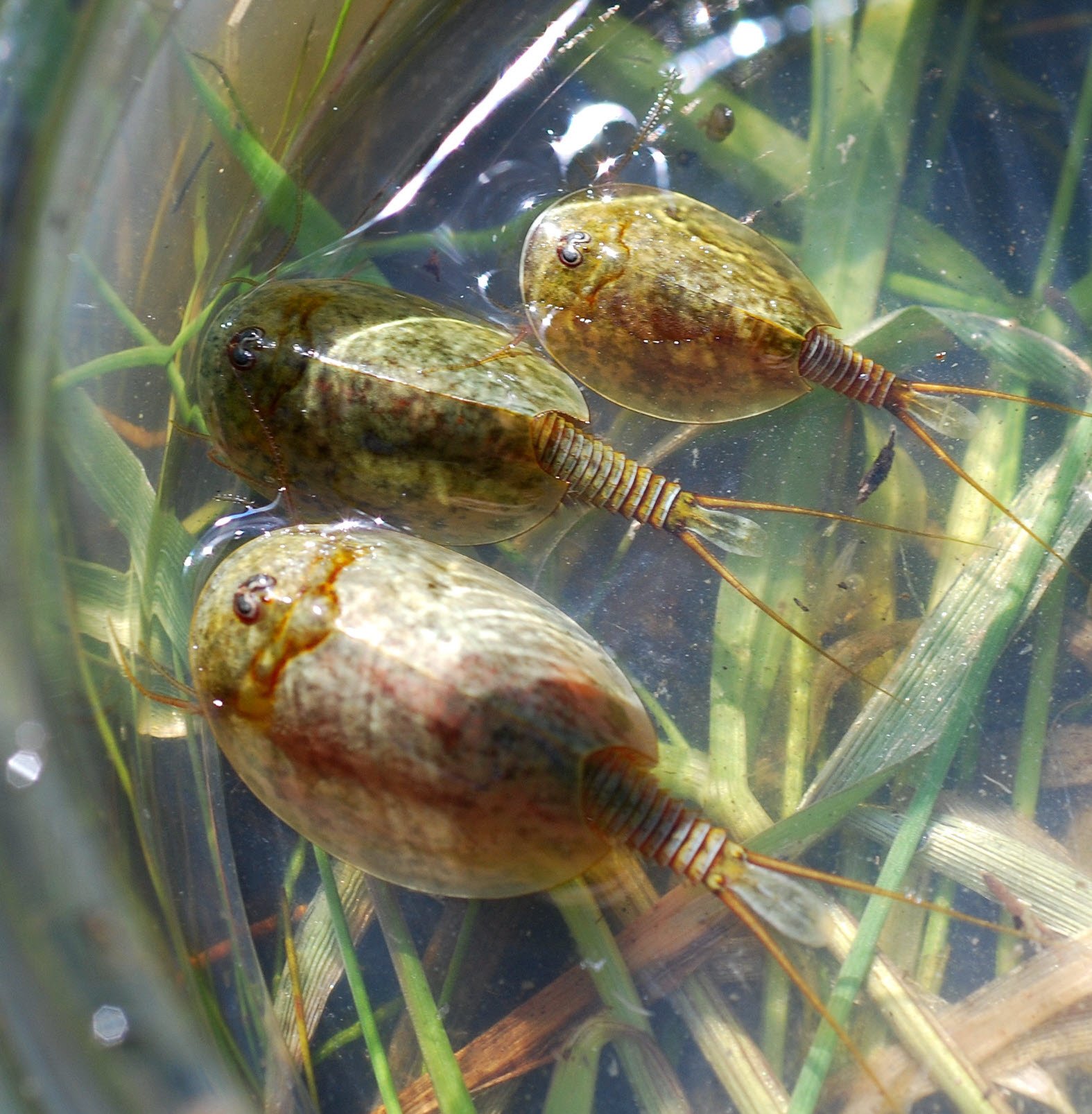Reason Farms is a critical habitat for federally endangered species. Also found in the Reason Farms territory are certain migratory birds that are protected by the Migratory Bird Treaty Act (MBTA).
These creatures are struggling to inhabit Reason Farms:
- Burrowing Owl (Athene cunicularia)
- California Tiger Salamander (Ambystoma californiense)
- Great Blue Heron (Ardea herodias)
- Great Egret (Ardea Alba)
- Swainson’s hawk (Buteo swainsoni)
- Vernal Pool Fairy Shrimp (Branchinecta lynchi)
- Vernal Pool Tadpole Shrimp (Lepidurus packardi)
- White-tailed Kite (Elanus leucurus)
Burrowing Owl
Scientific Name: Athene cunicularia
Taxonomic Serial No.: 177946
Habitat
Burrowing owls live in flat open habitat with sparse vegetation, short grass, and bare soil such as prairies, grasslands, desert and sagebrush steppe environments. They live in burrows they dig themselves or take over from prairie dogs, ground squirrels and even tortoises, so they are often associated with these burrowing animals. Prairie dog towns, which were ideal burrowing owl habitat, were once common throughout the west; these are now scarce and the owls have adapted to live urban and agricultural areas. Some examples are golf courses, pastures, airport medians, road embankments, cemeteries, vacant lots and any open areas they can find.
California Tiger Salamander
Scientific Name: Ambystoma californiense
Taxonomic Serial No.: 173595
Habitat
California tiger salamanders require access to both aquatic and upland habitat throughout their life cycle. They use standing bodies of fresh water, like ponds, vernal pools and other ephemeral or permanent water bodies for breeding. These bodies of water must hold water for a minimum of 12 weeks to support the salamander larvae development. The salamanders also need access to upland habitat that contains small animal burrows or underground hideaways, including those constructed by California ground squirrel (Spermophilus beecheyi) and valley pocket gopher (Thommomys bottae). The California tiger salamander uses these underground burrows for shelter and protection from predators and desiccation during nonbreeding periods. The burrows are also good locations to find insects to eat. Areas such as marshes or swamps that are covered often intermittently with shallow water or have soil saturated with moisture.
Reference: Federal Register / Vol. 86, No. 96 / Thursday, May 20, 2021 / Notices
Great Blue Heron
Scientific Name: Ardea herodias
Taxonomic Serial No.: 174773
Habitat
Marshes, swamps, shores, tideflats. Very adaptable. Forages in any kind of calm fresh waters or slow-moving rivers, also in shallow coastal bays. Nests in trees or shrubs near water, sometimes on ground in areas free of predators.
Great Blue Heron | Audubon Field Guide
Great Egret
Scientific Name: Ardea alba
Taxonomic Serial No.: 554135
Habitat
Marshes, ponds, shores, mud flats. Usually forages in rather open situations, as along edges of lakes, large marshes, shallow coastal lagoons and estuaries; also along rivers in wooded country. Usually nests in trees or shrubs near water, sometimes in thickets some distance from water, sometimes low in marsh.
Great Egret | Audubon Field Guide
Swainson’s hawk
Scientific Name: Buteo swainsoni
Taxonomic Serial No.: 175367
Habitat
Plains, dry grassland, farmland, ranch country. Breeds most commonly on northern Great Plains, in prairie regions with scattered groves of trees for nest sites. Less common in dry grassland farther west and in heavily farmed country. In migration, often pauses in fields where insect larvae may have been turned up by the plow.
Swainson’s Hawk | Audubon Field Guide
Vernal Pool Fairy Shrimp
Scientific Name: Branchinecta lynchi
Taxonomic Serial No.: 624023
View more photos
Characteristics
Length: 0.12 to 1.5 in (3 to 38 mm)
The vernal pool fairy shrimp is a small, freshwater crustacean. They have slender bodies; large, stalked compound eyes and 11 pairs of swimming legs that also function as gills. They glide gracefully through the water upside down, swimming by beating their legs in a complex, wavelike movement that passes from front to back. The vernal pool fairy shrimp can be differentiated from other fairy shrimp by the shape of the male’s second antenna and the female’s third thoracic segment, on the middle part of its body. Unlike other types of shrimp, the vernal pool fairy shrimp does not have a hard outer shell.
Habitat
The vernal pool fairy shrimp is found in 32 counties across California’s Central Valley, central coast, as well as southern California and Jackson County, in southern Oregon. The species lives in a variety of vernal pool habitats and occurs in 13 of the 17 vernal pool regions and 45 of the 85 core recovery areas identified in California and Oregon.
Grassland
Land on which the natural dominant plant forms are grasses and forbs.
Rural
Environments influenced by humans in a less substantial way than cities. This can include agriculture, silvaculture, aquaculture, etc.
Wetland
Areas such as marshes or swamps that are covered often intermittently with shallow water or have soil saturated with moisture.
Reference: Federal Register / Vol. 86, No. 96 / Thursday, May 20, 2021 / Notices
Vernal Pool Tadpole Shrimp
Scientific Name: Lepidurus packardi
Taxonomic Serial No.: 684669
View more photos
Characteristics
Length: 0.6 to 3.3 in (15 to 86 mm)
The vernal pool tadpole shrimp is a small, freshwater crustacean that is found in vernal pools in California. They have a hard shell that is large, flattened and arched like a shield over its back. This structure gives the tadpole shrimp its unique, tadpole-like appearance, which easily distinguishes it from the fairy shrimp. Vernal pool tadpole shrimp have 30 to 35 pairs of swimming legs that also function as gills. They have a segmented abdomen, two tail-like appendages and fused eyes.
Habitat
Vernal pool tadpole shrimp are uncommon even where vernal pool habitats occur. The vernal pool tadpole shrimp has a patchy distribution across the Central Valley of California, from Shasta County southward to northwestern Tulare County, with isolated occurrences in Alameda and Contra Costa counties. The California Natural Diversity Database currently reports 226 occurrences of vernal pool tadpole shrimp in the following 20 counties, including Alameda, Butte, Colusa, Contra Costa, Fresno, Glenn, Kings, Merced, Placer, Sacramento, San Benito, San Joaquin, Shasta, Solano, Stanislaus, Sutter, Tehama, Tulare, Yolo and Yuba counties.
Sacramento County represents important habitat for the vernal pool tadpole shrimp by providing large, nearly contiguous areas of relatively undisturbed, high-quality vernal pool habitat. The county contains 28%, the greatest amount, of the known occurrences.
The species’ range today is much smaller than its historical distribution due to degradation and fragmentation of vernal pool habitat.
Vernal pool hydrology can be directly altered when swale systems connected to vernal pools are dammed by physical barriers, such as roads and canals or other development.
The largest threats to the species include:
- Habitat loss, fragmentation and degradation from development and agriculture
- Predation by nonnative bullfrogs and mosquito fish
- Non-native plants and grasses
- Climate change and drought
- Pesticides
Reference: Federal Register / Vol. 86, No. 96 / Thursday, May 20, 2021 / Notices
White-tailed Kite
Scientific Name: Elanus leucurus
Taxonomic Serial No.: 175282
Habitat
Open groves, river valleys, marshes, grasslands. Found in a wide variety of open habitats in North America, including open oak grassland, desert grassland, farm country, marshes. Main requirements seem to be trees for perching and nesting, and open ground with high populations of rodents.
White-tailed Kite | Audubon Field Guide
Fish and Wildlife Service (FWS)
Under the Endangered Species Act of 1973, as amended (Act; 16 U.S.C. 1531 et seq.), the Fish and Wildlife Service (FWS) maintain lists of endangered and threatened wildlife and plant species in the Code of Federal Regulations (CFR) at 50 CFR 17.11 (for wildlife) and 17.12 (for plants).
Section 4(c)(2)(A) of the Act requires FWS to review each listed species’ status at least once every 5 years.
See Notice by the Fish and Wildlife Service on 5/20/2021
Endangered Species Act (ESA)
Of the species on the List of Birds Protected by the Migratory Bird Treaty Act (MBTA), 89 species, subspecies, or distinct population segments are also listed as endangered or threatened under section 4 of the ESA of 1973, as amended (16 U.S.C. 1531et seq.).
See General Provisions; Revised List of Migratory Birds, a Rule by the Fish and Wildlife Service on 07/31/2023


